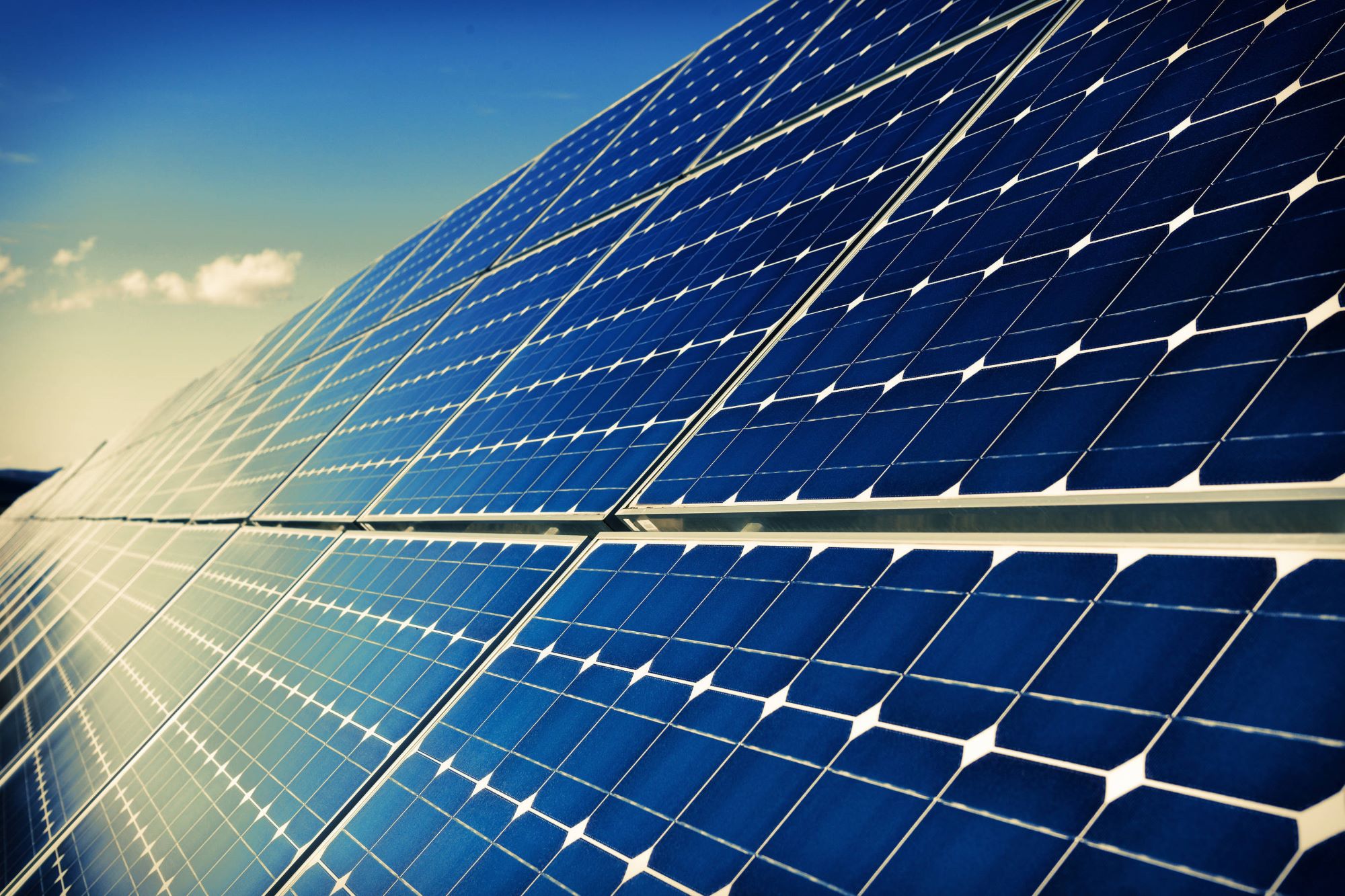Emergency backstop mechanism
The Australian Energy Market Operator (AEMO) has identified risks to the stability of the electricity grid in Australia on rare occasions when the grid is under stress from a number of factors, including high rooftop solar photovoltaic (PV) generation.
Read more in the AEMO factsheets Operating the grid with high roof-top solar generation and Minimum system load.
Industry consultation
In September 2022, we carried out an industry consultation on a proposed emergency backstop mechanism that requires selected Inverter Energy Systems (IES) in Queensland, such as rooftop solar PV, to have a Generation Signalling Device (GSD) installed. This device allows us to respond to minimum demand events on our network at the direction of the AEMO.
Read the industry consultation documents and view the September 2022 webinar on our Talking Energy web page.
Industry webinar on 24 January 2023
This webinar outlined how the Emergency Backstop requirements would be applied in the Connection Standards for Low Voltage IES, including general advice on wiring.
For technical requirements and general guidance on installing the GSD, please refer to section 8.10.2 Emergency Backstop Mechanism of the Queensland Electricity Connection Manual (PDF 19.8 mb).
Response to consultation feedback
As part of the consultation process, we received feedback from a wide range of stakeholders. After considering the feedback from industry on a number of issues, it was determined that that the emergency backstop mechanism would be implemented from 6 February 2023.
The emergency backstop mechanism uses a control methodology that can be implemented quickly, securely and reliably through the installation of a GSD, which can then be activated through our Audio Frequency Load Control (AFLC) system.
The commencement date for the initiative was deferred to 6 February 2023 based on feedback received, to support installer and equipment manufacturer preparations. Also in response to feedback, the backstop requirement does not apply to:
- IES where the sole energy source for the inverter is a battery energy storage system
- IES comprised of multiple inverters - an alternative option is permitted to allow a single GSD to be connected to a Demand Response Controller.
Generation signalling device activation
The GSD, which is signalled through our Audio Frequency Load Control (AFLC) system, allows us to stop the output from an IES, such as rooftop solar PV. This will only occur at the direction of the AEMO in rare emergency situations to support the security of power supply across the electricity network.
GSD activation will only be instigated by the AEMO after they have implemented other network management options under their market notices framework for managing minimum demand risks.
Note: The requirement to install a GSD applies to all applicable (see table below) IES connection offers that are accepted, or connection contracts entered into, on or from 6 February 2023, regardless of when the connection application is submitted or connection offer was provided.
How to install the GSD
For technical requirements and general guidance on installing the GSD, please refer to section 8.10.2 Emergency Backstop Mechanism of the Queensland Electricity Connection Manual (PDF 19.8 mb).
What IES connections must install a device?
The following table outlines which inverter connections are required to install a GSD after the emergency backstop mechanism commenced on 6 February 2023.
| Connection category | Total inverter capacity | Types of inverter connections | Required to install GSD | Exclusions | Requirement for inverters to be GSD capable and have GSD installed |
|---|---|---|---|---|---|
| Low voltage | Less than 10kVA | Initial connection | No | N/A | N/A |
| Low voltage | Less than 10kVA | Increase inverter capacity | No | N/A | N/A |
| Low voltage | Less than 10kVA | Replace inverter (no increase of supply) – not a warranty replacement | No | N/A | N/A |
| Low voltage | 10kVA or higher | Initial connection | Yes Including hybrid inverters | Not required where inverter solely supplied by energy storage system (AC coupled batteries) Not required in non AFLC areas Not required for warranty 'like for like' replacement | All inverters |
| Low voltage | 10kVA or higher | Increase inverter capacity | Yes Including hybrid inverters | Not required where inverter solely supplied by energy storage system (AC coupled batteries) Not required in non AFLC areas Not required for warranty 'like for like' replacement | All new inverters and any pre-existing IES installed or altered on or from 6 February 2023 |
| Low voltage | 10kVA or higher | Replace inverter (no increase of supply) – not a warranty replacement | Yes Including hybrid inverters | Not required where inverter solely supplied by energy storage system (AC coupled batteries) Not required in non AFLC areas Not required for warranty 'like for like' replacement | All new inverters only |
| Low voltage | Any | Replace inverter (no increase of supply) - warranty replacement | No | N/A | N/A |
| High voltage | Any | Any | No | N/A | N/A |
What areas are included?
The emergency backstop mechanism is used in all areas of our network, except for those not serviced by our AFLC system (mainly some remote and fringe of grid areas). Click on NMI check and enter your premises National Metering Identifier (NMI) in the search to see if it's included (your NMI can be found on your electricity bill).
NMI check
Information for customers
Our Emergency Backstop Mechanism Factsheet (PDF 618.0 kb) provides general information on the background and operation of the initiative, and how it may impact customers installing new or replacement IES. Solar PV installers and retailers may wish to provide a copy of the factsheet to your customers.
Frequently asked questions
For more information on Emergency Backstop Mechanism, read our FAQs.

